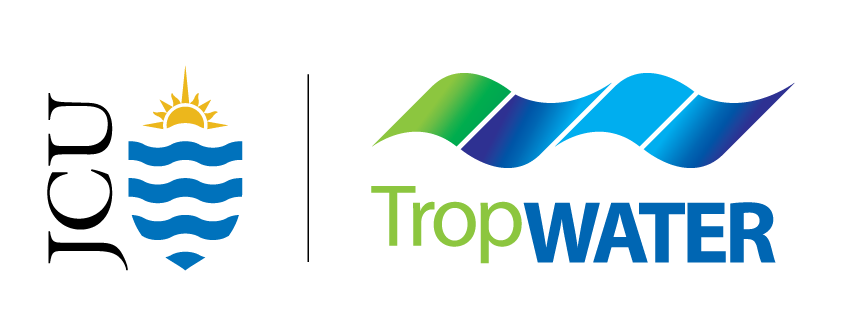Coastal health tracker
What is it?
-
We have undertaken coastline aerial surveys across northern Australia since 2009, collecting valuable, systematic, geo-referenced imagery for documenting changes occurring within shoreline ecosystems
-
These surveys have captured thousands of high-resolution images covering around 16,000 km of shoreline, enabling us to create a web platform that showcases these aerial images.
-
This online tool provides views of shoreline vegetation, topography, and changes through time, allowing users to monitor and evaluate changing shoreline conditions.

An imagery tool for tracking coastline changes over time
Our team has conducted aerial surveys across northern Australia, capturing high-resolution, overlapping images of shoreline vegetation using small helicopters. These surveys have already captured thousands of images spanning 16,000 km of shoreline from 2009 to now.
This online tool makes coastal imagery datasets easily accessible, allowing users to view and inspect shoreline sites of interest and to evaluate current vegetation condition and the types of changes taking place. As we continue to monitor Australia’s shorelines, new imagery will be uploaded to this tool as it becomes available.
Snapshots of coastal vegetation health
Aerial surveys have been undertaken to identify major drivers of change in shoreline mangrove and tidal saltmarsh environments. Habitat condition is recorded during or after these surveys, using visual indicators of health and disturbance developed by Professor Duke.
These surveys have been funded from multiple sources to assess a range of incidents including:
-
Severe cyclone and flood damage.
-
Rising sea levels.
-
Restoration hotspots.
-
Large-scale pollution events.
-
Coastal development pressures.
Monitoring assessments are crucial for effective, informed management of valuable and beneficial coastal habitats, which are increasingly threatened by a range of human- and climate-driven stressors.
How this online tool can be used
This online tool has been developed by our team to display high resolution, low-level, oblique aerial imagery of shoreline ecosystems like mangroves, tidal saltmarsh, coastal dunes, and sandy beaches. The tool can be used for shoreline condition monitoring, restoration project assessments, storm and flood incident evaluations, and general annual reporting on shoreline ecosystem condition.
.jpg)
Project details
The aerial surveys that produced these imagery datasets were led by Professor Norman Duke and Dr Adam Canning. Survey projects were funded by various sources including Greening Australia, the Australian Government, the National Environmental Science Program, PTTEP Australasia, and the Queensland Government’s SmartState Program.

